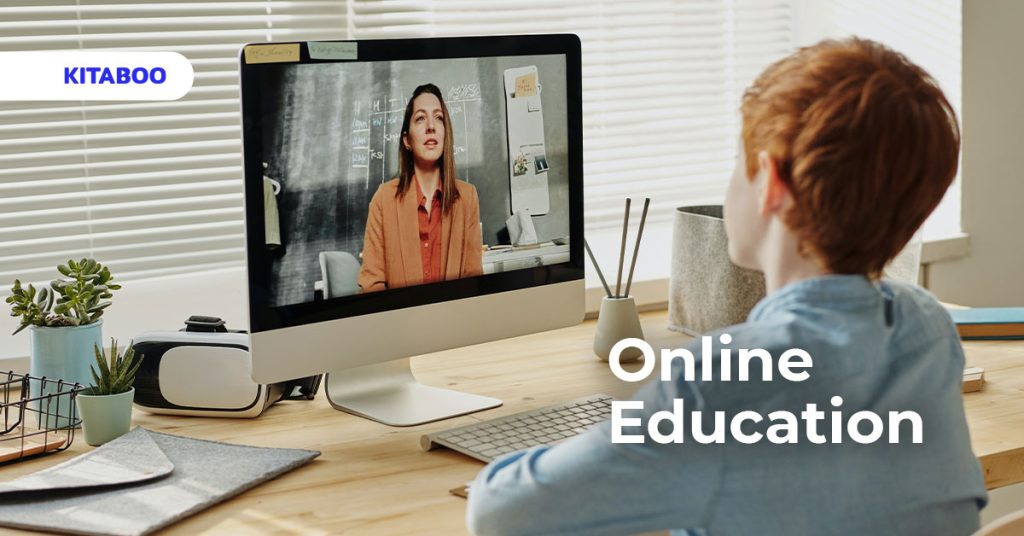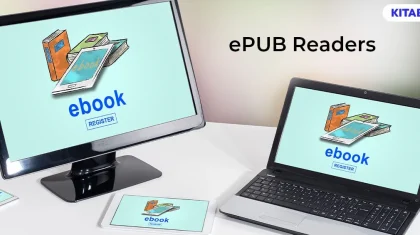
6 Ways by Which Digital Platforms Have Democratized Education & Saved Costs for Institutions
Summarize this blog with your favorite AI:
In 2015, Pew Research released an article titled “Public and Scientists’ Views on Science and Society’. In the article, Pew explored how few people are trained, and fewer still are encouraged to have mindful, public discourses on science and all things that affect humanity.
A National Geographic article from the same year, titled “The War on Science,” explored how school districts in the United States cut high school funding for many science programs.
Science aside, in other countries, students observed schools cutting down investments in other disciplines – from art to physical education. Discussions on topics that didn’t fall within the purview of the traditional curriculum were discouraged.
For many, these experiences might be more real than words on paper. The truth is most of us have been the casualties of a diluted academic system in the past.
The result? People have turned towards digital platforms like social media, eLearning providers, and eBooks to offset the limitations of learning within such systems.
Thus started the move towards democratized education.
Table of Contents
- What is democratized education?
- Is a democratized academic system a good thing?
- Features of Democratized K12 Academics
-
- It Allows Students to Take Ownership of Their Learning
- It is Self-Paced and Perpetually Accessible
- It Supports Various Content Formats to Suit Different Learners
- It Uses Personalization to Make Learning Relevant
- It Makes Learners Future-Ready
- It Evolves on the Basis of Student Engagement
- The Cost Benefits of Democratized Education
- Wrapping Up
What Is Democratized Education?
Democratized education is a type of formal education where students are free to design their own academic paths.
In a democratized academic setting, a student’s goals and aspirations take precedence over dictates by the educational system. Students can learn about the topics they want at their own pace and have a say in the curriculum.
It’s safe to say that the arrival of online K12 content solutions has accelerated the process of democratizing academics around the world.
Is a Democratized Academic System a Good Thing?
Yes, it is.
Legislators, educators, corporates, parents, and students have all recognized how democratized education removes barriers to learning, put up by conventional education. The emergence of this new form of education has been a blessing for learners globally.
- Studies by research.com show that for 52% of college students in the US, eLearning offered better academic outcomes than conventional classroom-style teaching.
- They also report that 65% of UG students and 54% of PG students learning through digital platforms are women. These are learners who otherwise may not have access to higher education in conventional academia.
- Globally, almost 93 million children with disabilities don’t go to school because of the absence of supportive academic structures. Learning on online platforms requires 40%-60% less time compared to physical classrooms. Plus, support for multi-type content and ADA-compliant features make eLearning ideal for students with disabilities.
As you can see, in a democratized academic system factors like gender, income, language, physical ability, and geographic residence cease to impact the quality of education one receives. Additionally, this system:
- increases school/college attendance,
- improves test scores,
- fosters better student-teacher engagement,
- makes students more creative and responsive to community needs,
- boosts intrinsic motivation to learn, and
- reduces the dropout rate in schools/colleges.
Features of Democratized K12 Academics
So, what does a democratized K12 education system look like? Let’s take a look.
It Allows Students to Take Ownership of Their Learning
In a democratized academic setting, students should be able to make conscious decisions about the subjects and topics they wish to study. That allows them to plan their future careers and gives them the best chances of succeeding in their chosen paths.
It is Self-Paced and Perpetually Accessible
Sometimes, students (such as those who do a lot of extra curricular activities) may find themselves unable to complete their education within conventional academic timelines. Democratized K12 solutions do away with such timelines and allow students to take the course at their own pace.
For those with other priorities, having courses perpetually accessible via digital platforms encourages them to come back and complete the course.
It Supports Various Content Formats to Suit Different Learners
Traditional education typically focuses on textbook-based learning. However,democratized education realizes the importance of eBooks, audiobooks, podcasts, videos, infographics, gamified content, etc., in learning success.
This is because each type of content targets different types of learners – visual, auditory, and kinesthetic. It makes information more understandable and improves retention rates for diverse learners.
It Uses Personalization to Make Learning Relevant
Many digital platforms allow K12 facilitators to design personalized content playlists suited to the learning stage and needs of specific learner groups. Many content distribution systems use AI to select the most current and relevant lessons for individual learners.
That way, a one-size-fits-all policy isn’t followed, and every student can genuinely thrive.
It Makes Learners Future-Ready
In a traditional academic setup, information updates are often difficult to implement. Therefore they are usually few and far between. Additionally, the focus is more on theory. This is why there is often a massive gap between what students know and what companies expect them to know.
In a democratized education system, information can be updated instantly. Also students have a wider range of resources to learn from, helping them gain industry insights and become future-ready.
It Evolves on the Basis of Student Engagement
Finally, democratized education doesn’t rely only on conventional assessment methods. Apart from various forms of testing such as quizzes, polls, peer-reviewed projects, VR skill simulations, and practical assignments, it also tracks learner engagement with each content type.
Through these metrics, digital platforms can assess the usefulness of the information a student is learning. Facilitators can use this to make relevant changes to the curriculum.
The Cost Benefits of Democratized Education
- Most democratized learning takes place remotely. Such remote learning does not need investment in physical infrastructure and facilities. Therefore, no extra costs are passed onto students.
- The personalized nature of eLearning results in high-quality education and lesser failure rates or irrelevant job skills. It also reduces the number of curriculum revisions that institutions need to make in the long run.
- Digital learning systems allow institutions to build their own resource library. From creating an eBook to recording podcasts or developing VR/AR games, they help author unique content easily. Content repurposing and assessment implementation have become easier, faster, and inexpensive.
- Most online software offer a unified platform for institutions to share their K12 content solutions with a large audience. There is no need to invest in multiple software or tools, making it very inexpensive.
- Finally, digital learning and content distribution platforms have powerful digital rights management features, which protect the institution’s IPR and prevent the likelihood of expensive lawsuits.
Wrapping Up
As is evident, democratized education is becoming increasingly popular. It would best serve K12 institutions if they adopt it in some form or another. Partnering with a platform like KITABOO, is a good way to get started.
KITABOO is a premier content authoring, publishing and distribution platform that supports K12 content solutions. It allows educational institutions to create both desktop and mobile-optimized content. It also supports multi-type content creation, and provides DRM-protection for all content.
Creating an eBook and sharing it with students has never been easier!
To know more about democratizing your content and reducing curriculum development costs, write to us at contact@kitaboo.com.
Also check:
Discover how a mobile-first training platform can help your organization.
KITABOO is a cloud-based platform to create, deliver & track mobile-first interactive training content.


